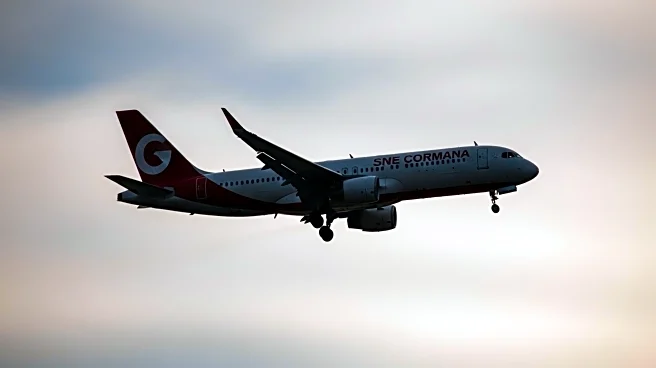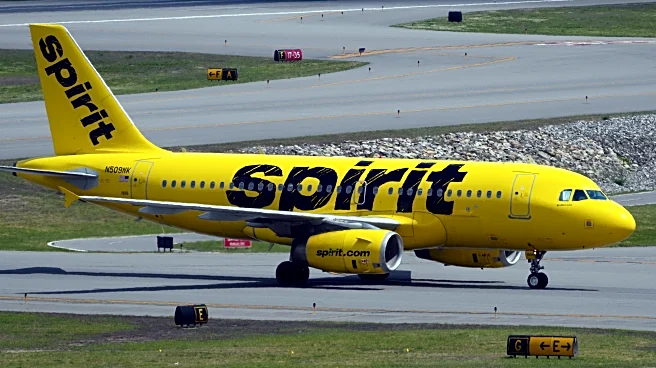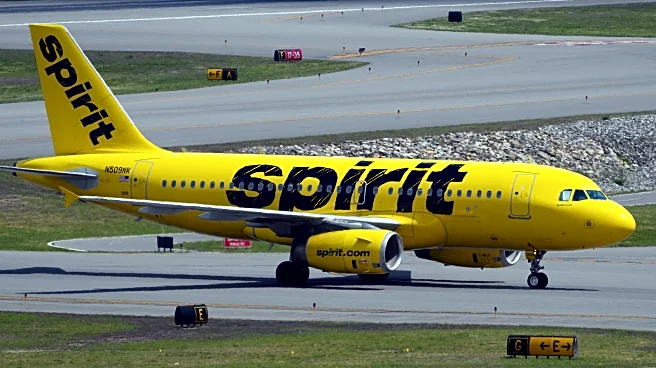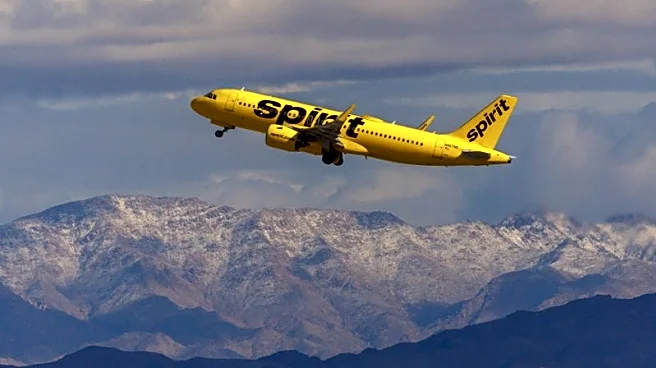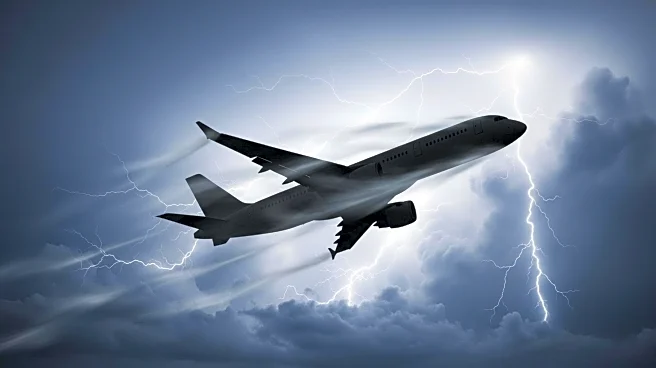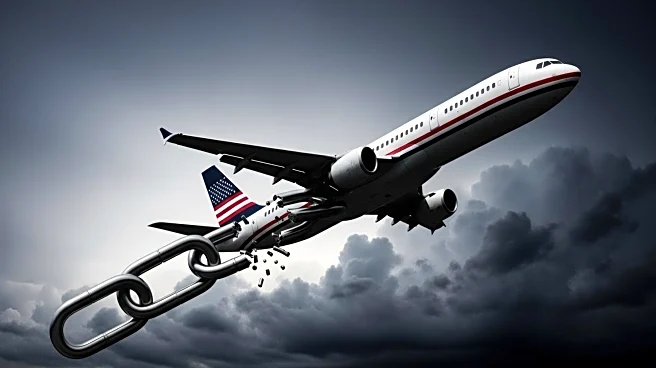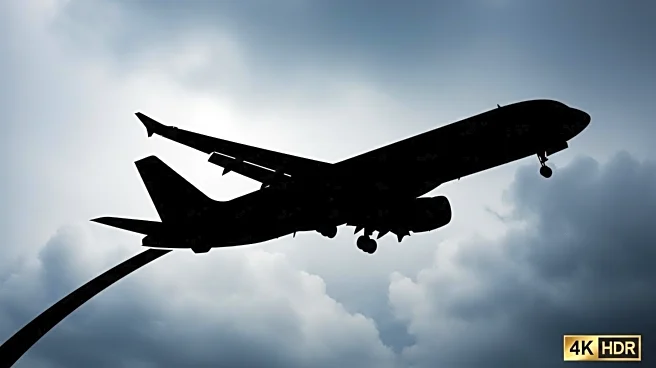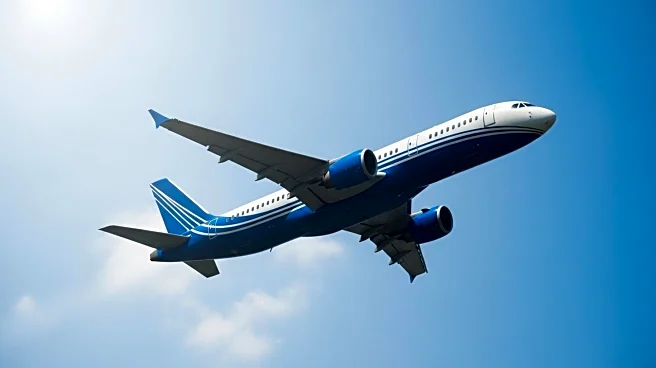What's Happening?
Spirit Airlines has filed for bankruptcy protection for the second time in a year, citing financial struggles. The Florida-based carrier, which emerged from its first bankruptcy in March, has been facing dwindling cash reserves and mounting losses, reporting a net loss of approximately $246 million in the last quarter. Despite the bankruptcy filing, Spirit Airlines plans to continue its flight operations, ticket sales, and reservations without major changes. The airline is working with secured noteholders and considering potential financing options during the bankruptcy proceedings. As part of its restructuring, Spirit intends to reduce its presence in certain markets and cut its fleet to lower debt and lease obligations, aiming to generate significant annual operating savings.
Why It's Important?
Spirit Airlines' financial troubles highlight the challenges faced by low-cost carriers in the current economic climate. The airline's bankruptcy could lead to shifts in the competitive landscape, with rivals like Frontier, Southwest, and United Airlines potentially benefiting from Spirit's restructuring by acquiring aircraft and other assets. The situation underscores the impact of economic factors, such as trade wars and budget cuts, on the travel industry. Spirit's efforts to rebrand as a premium airline have been hampered by a slump in travel spending, affecting its financial stability and strategic plans.
What's Next?
Spirit Airlines will continue to navigate the bankruptcy process, working with creditors and exploring financing options. The airline's restructuring efforts will focus on reducing costs and optimizing operations to improve financial performance. Competitors may seek to capitalize on Spirit's challenges by expanding their market presence and acquiring assets. The outcome of Spirit's bankruptcy proceedings will be closely watched by industry analysts and stakeholders, as it may influence future strategies and market dynamics in the airline industry.
